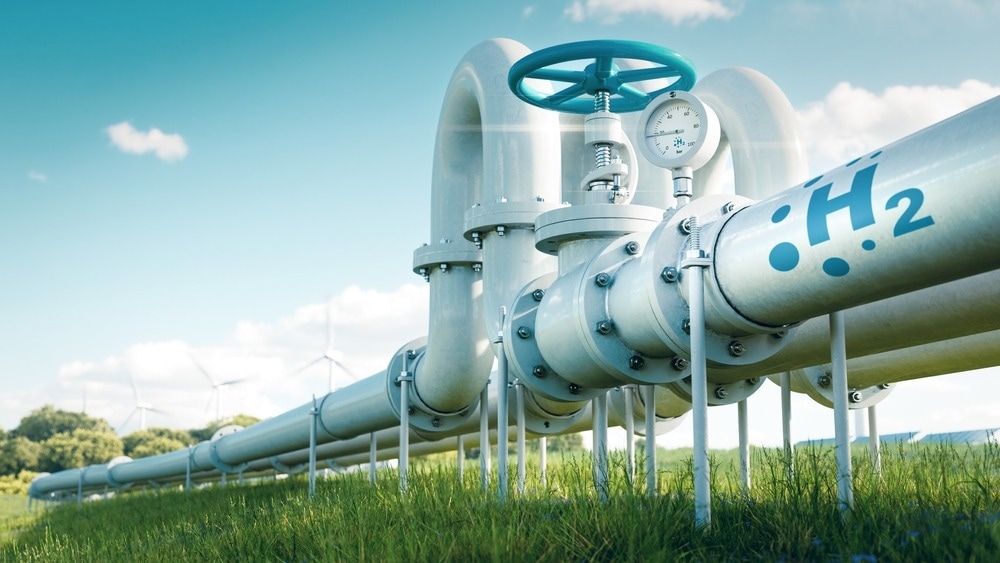
Image Credit: petrmalinak/Shutterstock.com
Despite often manifesting in low-elevation zones, these circular formations can be concealed by agricultural or other types of vegetation. Recent findings in various countries, including the US, Mali, Namibia, Brazil, France, and Russia, have revealed a higher prevalence of these formations than previously believed.
Two recent papers describe how lead authors Sam Herreid and Saurabh Kaushik, both postdoctoral scholars at The Ohio State University’s Byrd Polar and Climate Research Center, combined their model with data from global satellite imagery to identify semicircular depressions (SCDs), which are nearly invisible.
To help their system learn to search the entire world, the team produced a list of known SCD locations. Initially analyzed the aerial imagery of these sites using remote sensing data, and then used spectral and geomorphic patterns to identify the places globally that are most likely to be associated with SCDs related to geologic hydrogen.
The team discovered through its observations that AI exhibits a unique capacity to map out surface expressions of prospective subsurface hydrogen resources globally and to create a baseline for additional study of hydrogen-associated sites. This week at the American Geophysical Union annual meeting, their study is presented in poster sessions.
Hydrogen has long been recognized by scientists as one of the most effective and pure energy sources found in nature. Interest in natural hydrogen is currently growing quickly as governments invest in greener options, according to Joachim Moortgat, the project’s primary investigator and an Associate Professor of earth sciences at Ohio State.
Hydrogen in general is a very attractive energy source. If you burn it, its only by-product is water, and unlike wind or solar energy, hydrogen can be stored and transported, so there are all kinds of industries trying hard to make the switch.
Joachim Moortgat, Primary Investigator and Associate Professor, School of Earth Sciences, Ohio State University
Since the Earth’s crust also continuously produces gold hydrogen, some think that having access to a low-carbon energy source with almost no greenhouse gas emissions might completely change the global energy picture. However, Moortgat noted that scientists have discovered that finding hydrogen necessitates the creation of new exploration instruments.
Moortgat adds, “One reason they’re difficult to find is that they probably occur in different kinds of geologies and locations than where you would find oil or gas. But with the AI tools we develop, we map everything that could potentially be an SCD.”
Regretfully, although satellite data can be utilized by researchers to focus on specific regions, genuine hydrogen deposits can be mistaken for other circular-shaped topographical features like lakes, golf courses, or crop circles.
Additionally, several nations are already creating novel means of obtaining this exciting new energy as it race to accelerate the hunt for hydrogen sources, according to Herreid.
This work feels like it’s contributing in a proactive sense to mitigating the climate crisis. It’s very exciting to be involved in a project that’s really rapidly evolving.
Sam Herreid, Glaciologist, School of Earth Sciences, Ohio State University
Previously, Herreid used AI to assist with modeling the impact of climate change on glaciers.
Europe is already exploring ways to exploit its reserves of gold hydrogen abroad, while the United States is incorporating measures to grow the renewable energy production sector into laws such as the Inflation Reduction Act.
It will take at least a few more years for natural hydrogen reserves to be properly incorporated as a dependable source of renewable energy, despite how quickly the field appears to be progressing right now. Therefore, Moortgat advised researchers to concentrate on how to further understand the hydrogen systems at this time.
The biggest challenge is that we need to find more SCDs and then really investigate how these things form. Once we discover a lot more, we will be in a better position to again use AI tools to find similar ones worldwide.
Ian M. Howat, Study Co-Author, Ohio State University
Journal Reference:
Herreid, S., et al. (2023). NS13C-0528 Combining Deep Learning and a Sparse Global Dataset of Free Hydrogen Associated Fairy Circles to Inform Exploration into a Potentially Revolutionizing Green Energy Source. AGU23. doi/Paper/1317142.